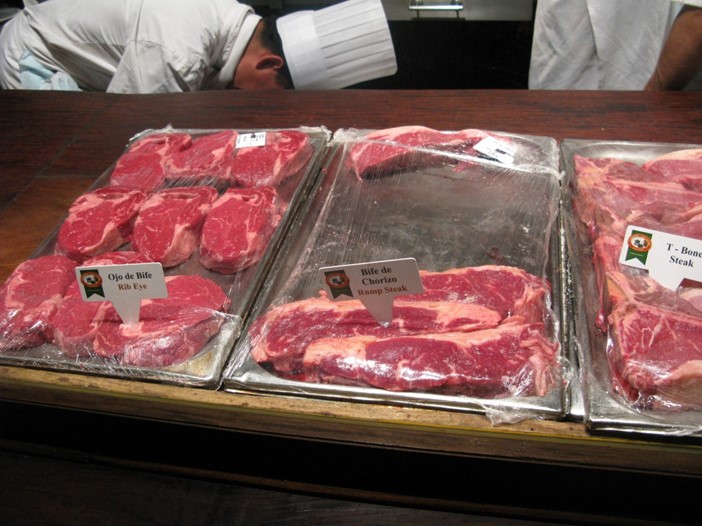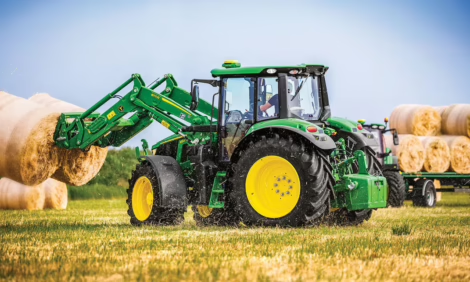



Multi-national study shows health and safety is top priority for pork consumers
A choice experiment investigated the role of production characteristics in consumer choice of pork. Results indicate possibilities for product positioning based on health and safetyThe study was conducted by researchers from both Denmark and Germany and concerned the consumer behaviour of candidates from Poland and Germany in 2015. An online survey was completed by 1,995 candidates who were asked to rank their primary concerns for the way in which meat was produced.
Results indicated that in both Germany and Poland, there is a significant proportion of consumers that find production characteristics important when selecting meat products, with the majority of consumers selecting health and safety as their main concern.
The study
A cross-national web-based survey was conducted in Germany and Poland in 2015. The population of participants were people eating pork and who have main or shared responsibility for shopping in their household. Participants were members of online panels of a major market research agency. Sampling was conducted with due concern for demographic variation.

A sample of 1007 pork-eaters in Germany and 988 in Poland was obtained. The shares of female and male participants are similar in both studies. The mean age of German consumers was 52 years and for Polish consumers it was 49 years.
The questionnaire was divided into the four following sections:
• Participants selected two out of the ten production characteristics that are most important for them when buying pork. There were four animal welfare attributes: no fixation (confinement) of animals; castration with anaesthesia; availability of straw; and transportation under 4 h. There were four attributes related to health and safety: GMO-free feed; pigs are free of microbial contaminations; complete traceability; and lower use of antibiotics. Finally, there were two environmental aspects: production with zero carbon footprint; and manure used for fertilisation.
• Participants answered filler questions unrelated to the main purpose of the survey to avoid priming effects of asking about production characteristics that could result in a bias in the following choice experiment.
• Participants had to choose between three neck cutlets, differing in visual fat content (high/low), visual colour (dark/light), country of origin (domestic, imported from Poland/Germany, produced in EU), price per kilo (in Germany/Euros: 6.00 €, 6.95 €, 7.90 €; in Poland/Zloty:16.95 zt, 19.05 zt, 21.15 zt) and the two most important production parameters that the participant had selected in the first part of the questionnaire (present/not present). Each participant evaluated twelve choice sets, choosing among the three options.
• The last part of the questionnaire contained attitudinal constructs, questions concerning pork buying habits, meat consumption, and sociodemographic questions on gender, age, income, education, number of children and marital status. Health-, price-, environmental-, and animal welfare-consciousness were measured using Cronbach’s alpha scale.
Conclusions of the study
1. The results of the first study among a German and a Polish sample show that, in general, the German and Polish respondents' most desired process characteristics were those giving personal benefits rather than societal or animal benefits (fewer antibiotics, GMO-free feed, complete traceability, no microbial contamination).
2. Overall, a production with a carbon footprint of zero was regarded as least important by respondents in both countries.
3. Willingness to pay a premium for pork with desired production attributes was higher in Germany than in Poland.
4. In general, the attributes origin, fat content, and colour seem to be most important to German and Polish consumers and have the highest impact on their pork choice, suggesting that they provide most benefit for consumers.
5. The results suggest that production characteristics can indeed be used to position pork products on the German and Polish markets. However, it is clear that careful segmentation is necessary, that production characteristics do not appeal to all consumers, and that different bundles of production characteristics apply to different consumers.
Read the full article here
Grunert, K.G., Sonntag, W.I., Glanz-Chanos, V. and Forum, S. (2018). Consumer interest in environmental impact, safety, health and animal welfare aspects of modern pig production: Results of a cross-national choice experiment. Meat science, 137:123-129.









